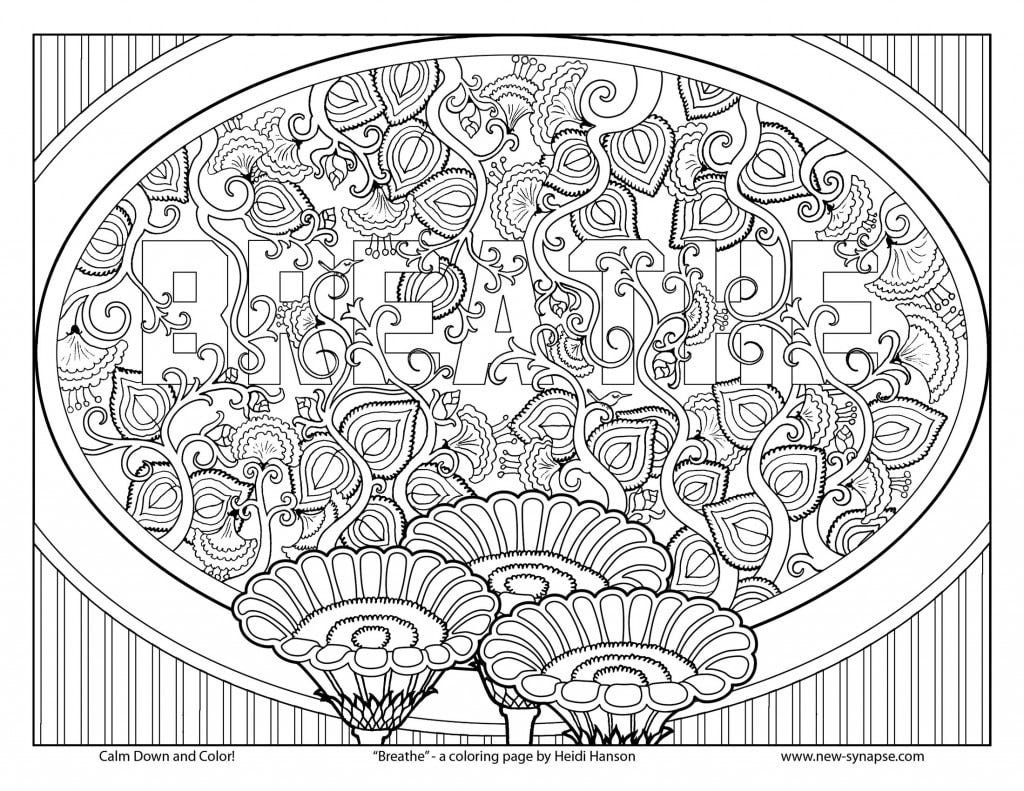Polyvagal Theory a Psychotherapy for Treating Trauma and Other Anxieties! Part-11
A Body Mind Approach
Treatment Using The Polyvagus Nerve
The poly vagus nerve is the tenth cranial nerve and the longest in the body. It works on the autonomic nervous system. The polyvagus theory aims to help people notice behavior and social skills when exposed to three external situations. These may include feeling safe, anxiety, or intense trauma. To learn more about the polyvagal nerve, refer to a previous article.
Mind Body Treatment
Here is a video of the world Renown experts Using the PolyVagel Theory
The Polyvagus Nerve and the search for safety
Experiencing anxiety, trauma, or panic can be pretty uncomfortable. Theoretically, the polyvagal nerve detects environmental threats in the autonomic nervous system, which can lead to visceral discomfort. However, when the nervous system is in a safe environment, the body effectively regulates itself to promote restoration and growth by slowing the heart rate and inhibiting the fight-flight response. This state of safety is achieved when the body feels secure, and the autonomic nervous system is at rest (Dahlen, 2022).
Stimulating the Polyvagal Nerve
In addition to regulating the autonomic nervous system, the polyvagal nerve also controls involuntary sensory and motor functions such as heart rate, speech, and mood. When people experience much stress, aging, or disease, besides weakness, the polyvaginal nerve can be damaged. People can strengthen the poly vagus nerve to avoid damage by participating in activities that stimulate and strengthen the nerve (Cleveland Clinic 2022).
Activities to strengthen the Polyvagal Nerve
Many exercises can help calm the poly vagus nerve. Activities can be done at home or with the help of a mental health professional. Below are some exercises that can help you move from terror and fear to safety. Find the activities you like the best and practice. Keep a journal to view your progress.
Adult coloring books can serve as an emotional outlet by soothing the polyvagal nerve and slowing down the autonomic nervous system. Moreover, coloring can provide a sense of control, which can help regulate anxiety and feelings of trauma.
2. Breathing to stimulate the Polyvagus Nerve. Breathing exercises can help calm your mind and focus on your breath. According to Young (2021), a recommended breathing exercise is box breathing. Box breathing is a simple but powerful technique.
How to do Box Breathing
Box breathing is a deep breathing exercise. However, you mustn't push yourself too hard. Start where you are comfortable, and you can breathe deeper with practice.
Breathe out slowly, releasing all the air from your lungs.
Breathe in through your nose as you slowly count to four in your head. Be conscious of how the air fills your lungs and stomach.
Hold your breath for a count of four.
Exhale for another count of four.
Hold your breath again for a count of four.
Repeat for three to four rounds.
Young (2021) recommends that you practice twice a day.
3. Meditation and Yoga can regulate your autonomic nervous system. Both have sound effects on lowering rapid breathing, heart rate, and cortisol levels.
4. Exercise
Studies have shown that physical exercise and movement can positively impact vagus nerves. Both interval and endurance training can increase vagus nerve activity and improve heart rate variability. Exercise helps reduce sympathetic nervous activity and regulates your parasympathetic response, resulting in well-balanced cardiovascular and respiratory functions.
5. Massage
Recent research has indicated that reflexology, which involves applying pressure to specific points on the foot, can increase vagal tone and decrease blood pressure. Additionally, pressure points located in the ears and neck can help stimulate the vagus nerve, which can help alleviate feelings of anxiety and stress. It would be advisable to consult with a licensed massage therapist to learn more about the location of these pressure points and the most effective techniques for vagus nerve massage.
Music
Music can motivate us, bring joy, and tap into our emotions. However, the scientific studies on how music affects the vagus nerve are inconclusive. The vagus nerve is connected to the muscles at the back of your throat, vocal cords, and inner ear. You can try humming, singing, or listening to calm and soothing music to stimulate your vagus nerve. The sounds and vibrations produced by these activities may positively impact your vagus nerve.
Cold-water immersion
Many professional athletes utilize cold-water immersion to enhance their short-term feelings of relaxation. Studies suggest that cold-water immersion can help reduce stress by decreasing heart rate and increasing blood flow to the brain. To experience the benefits, you can try placing an ice pack on your face or neck or taking a cold shower.
Benefits of stimulating your vagus nerve
Your vagus nerve can affect your mental and physical health, and stimulating it can help in various ways, either noninvasively or invasively.
Minimize seizures in those with epilepsy.
Treat depression.
Regulate your emotions.
Reduce blood pressure.
Lower your heart rate.
Reduce inflammation.
Treat migraines and cluster headaches.
Your vagus nerve plays a decisive role in your body. Keeping it strong and balanced can help you respond more effectively to various emotional and physiological symptoms.
References
Cleveland Clinic (2022) 5 Ways To Stimulate Your Vagus Nerve
https://my.
Cleveland Clinic.org/?
Dahlen, A. I. (2022). Teaching Through a Polyvagal Lens: Using the Science of Safety to Co-Regulate in the Classroom.
Liberman, A. (2022) What is the polyvagal theory, and how does it work? Choosing Therapy https://www.choosingtherapy.com/polyvagal-therapy
McKeown Patrick (2021)HOW TO STIMULATE THE VAGUS NERVE WITH BREATHING EXERCISES, oxygen advantage.https://oxygenadvantage.com/science/vagus-nerve-stimulation/
Mulkey, S. B., & du Plessis, A. J. (2019). Autonomic nervous system development and its impact on neuropsychiatric outcome. Pediatric Research, 85(2), 120–126.
Porges, S. W. (2023). The vagal paradox: A polyvagal solution. Comprehensive Psychoneuroendocrinology, 100200.
Wagner. D. 2016, Why Adult Coloring Books? From the Viewpoint of a Polyvagal Junkie. Elephant Journal
Young (2021), How Box Breathing Can Help You Destress
https://my.
Cleveland Clinic.org/?






This is part 2 i will put up part one
Thanks i like it also. There is a site online called the polyvagal institute and its free.